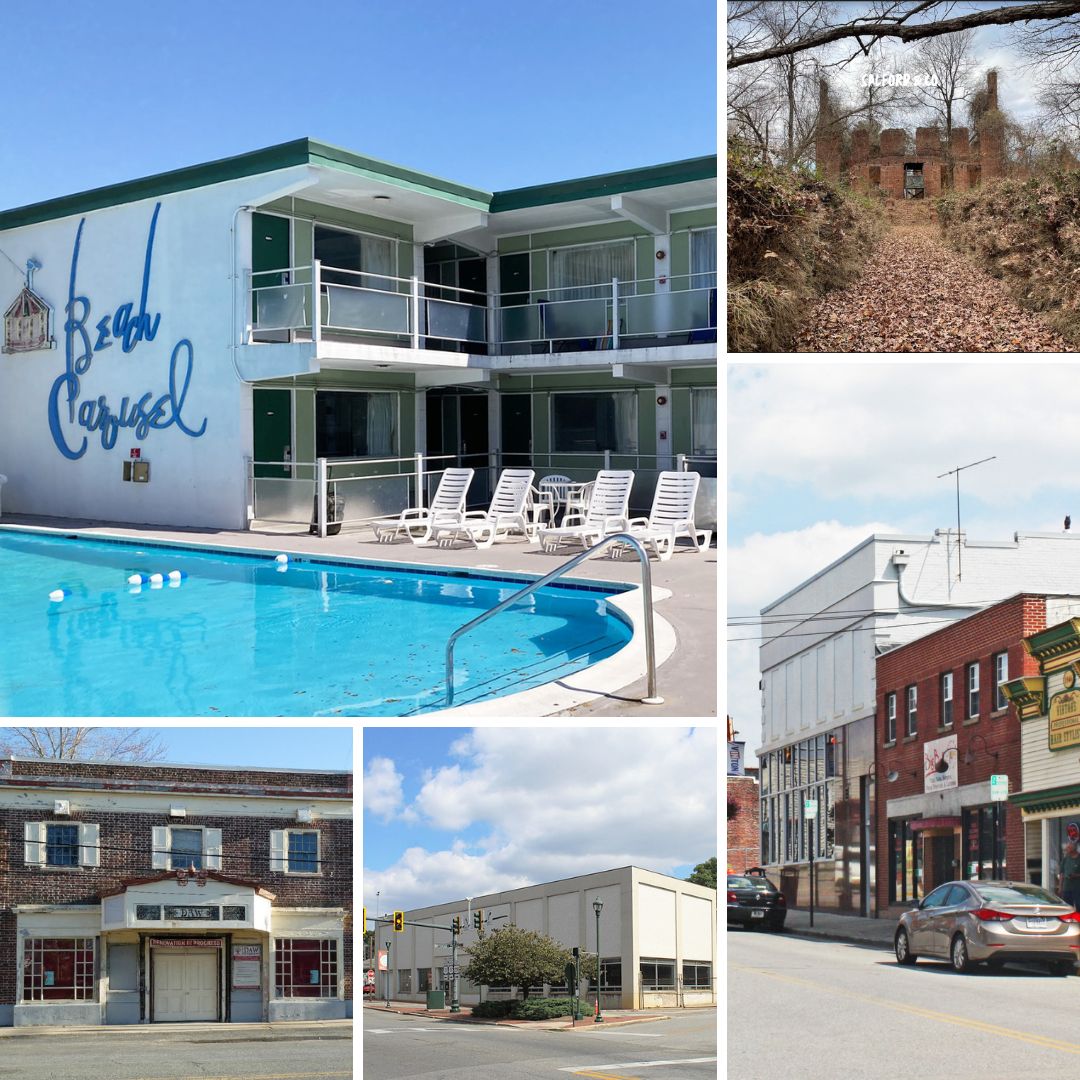
Department of Historic ResourcesAn official website of the Commonwealth of Virginia Here's how you knowAn official websiteHere's how you know

Department of Historic ResourcesAn official website of the Commonwealth of Virginia Here's how you knowAn official websiteHere's how you know

Virginia Department of Historic Resources
(dhr.virginia.gov)
For Immediate Release
March 22, 2024
Contact:
Ivy Tan
Department of Historic Resources
Marketing & Communications Manager
ivy.tan@dhr.virginia.gov
804-482-6445
—New listings are in the cities of Buena Vista, Staunton, and Virginia Beach; in the counties of Campbell, Middlesex, Pittsylvania, and Rockbridge; and in the Essex County town of Tappahannock, the Fauquier County town of Warrenton, and the Roanoke County town of Vinton—
RICHMOND – Among the 10 places newly listed in the Virginia Landmarks Register are an entertainment center that served Black and White patrons during 20th-century segregation; a local landmark symbolizing the regional growth of one of the most iconic brands in the nation; and a property that represents the history of plantation agriculture in Southside Virginia before, during, and after the Civil War.
The Commonwealth’s Board of Historic Resources approved the Virginia Landmarks Register (VLR) listings during its quarterly public meeting on March 21, 2024, in Richmond, Virginia. The VLR is the commonwealth’s official list of places of historic, architectural, archaeological, and cultural significance.
At the conclusion of its meeting, the Board approved the following places for listing in the VLR:
In the state’s Eastern Region,
In Virginia’s Northern Region,
In the state’s Western Region,
DHR will forward the documentation for these newly listed VLR sites to the National Park Service for nomination to the National Register of Historic Places (NRHP). Listing a property in the state or national registers is honorary and sets no restrictions on what owners may do with their property. The designation is foremost an invitation to learn about and experience authentic and significant places in Virginia’s history. Designating a property to the state or national registers—either individually or as a contributing building in a historic district—provides an owner the opportunity to pursue historic rehabilitation tax credit improvements to the building. Tax credit projects must comply with the Secretary of Interior’s Standards for Rehabilitation.
###
Programs
DHR has stimulated more than $4.2 billion dollars in private investments related to historic tax credit incentives, revitalizing communities of all sizes throughout Virginia
DHR has secured permanent legal protection for over 700 historic places - including 15,000 acres of battlefield lands
DHR has erected 2,532 highway markers in every county and city across Virginia
DHR has registered more than 3,317 individual resources and 613 historic districts
DHR has engaged over 450 students in 3 highway marker contests
DHR has stimulated more than $4.2 billion dollars in private investments related to historic tax credit incentives, revitalizing communities of all sizes throughout Virginia
DHR has secured permanent legal protection for over 700 historic places - including 15,000 acres of battlefield lands
DHR has erected 2,532 highway markers in every county and city across Virginia
DHR has registered more than 3,317 individual resources and 613 historic districts
DHR has engaged over 450 students in 3 highway marker contests
DHR has stimulated more than $4.2 billion dollars in private investments related to historic tax credit incentives, revitalizing communities of all sizes throughout Virginia